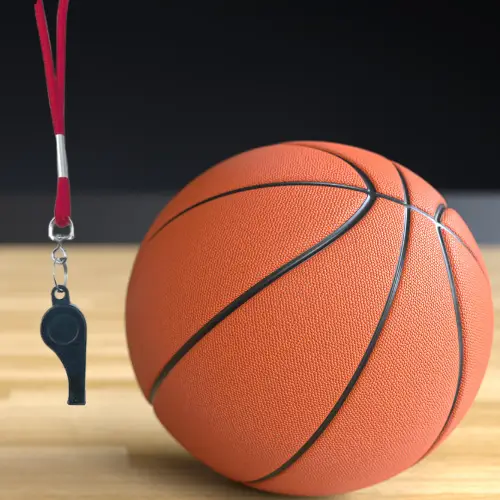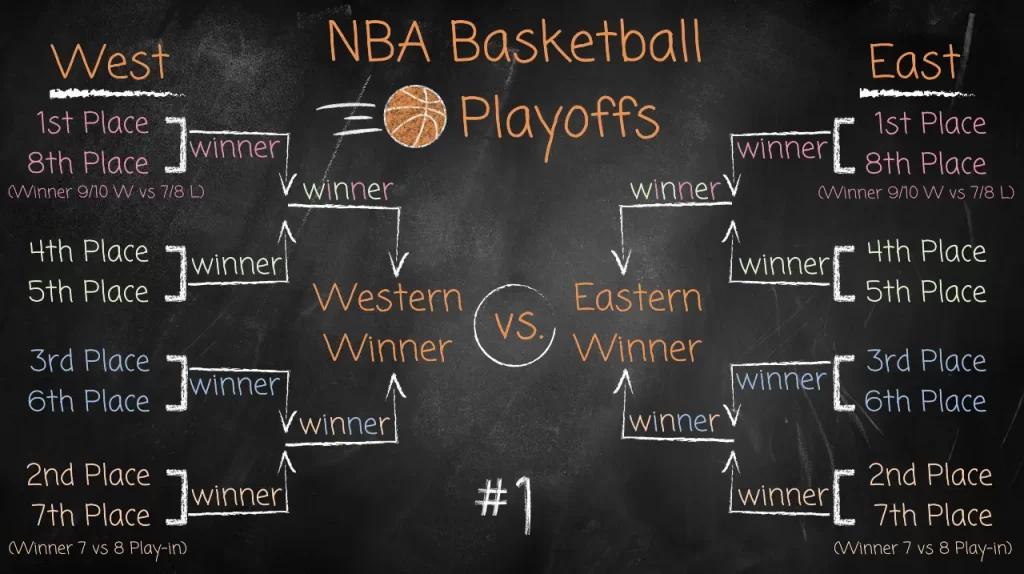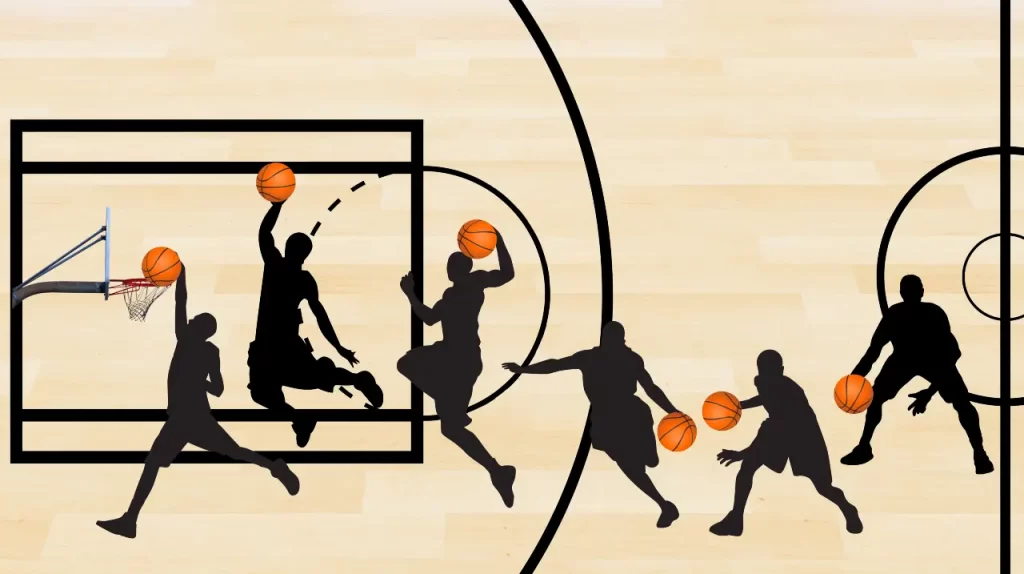
My basketball rule beginnings date back to middle school, where the promise of being tested for a layup had me terrified of failure and focused on my ability to at least keep a consistent dribble going. This was a miracle in itself, as at times I may have had trouble walking and chewing gum simultaneously.
Since then, I’ve thankfully mastered maneuvering myself while blowing a bubble or two. I have not, however, upped my game when it comes to the lack of traveling with the ball on the basketball court.
In case you didn’t know, traveling in basketball means you stopped dribbling (bouncing) the ball and then took more than 2 steps with it. This, my friend, is illegal and causes your team a penalty.
There’s more to this which has something to do with the pivoting of the foot, as well. For our beginner-level discussion, we will stick with the basics.
Object: How do you win in basketball?
- Score more points through field goals (baskets) than the opposing team by the end of the game
- Points are scored when a player successfully gets the basketball through their scoring hoop
- Successfully means the ball enters the basket from above, and passes through the net
- Keep the opposing team from making baskets
Duration: How long is a basketball game?
- The average duration of a basketball game is 2 to 2 ½ hours
- Four 12-minute quarters (48 minutes)
- Fouls, time-outs, and free throws, along with a 15-minute half time take those 48 minutes and more than double them
- Each overtime is 5 minutes
Players: How many players are on a basketball team?
- 5 players from each team on the court at once
- 15 players allowed on each NBA team roster
Teams: How many NBA basketball teams are there?
- The NBA is the National Basketball Association, North America’s professional basketball league
- There are 30 NBA teams
- 15 Western Division
- 15 Eastern Division
The Basketball Court: How big is an NBA basketball court?
- The NBA court is 50 feet wide and 94 foot long
- Each far end of the court has a basket that’s rim is 10 feet high and 18 inches in diameter, with a net hanging down and a backboard behind it
- Free Throw Line at each far end – 15 feet from backboard
- 3-Point Arc from rim’s center – 22 feet at baselines and 23 feet, 9 inches at bend
- The ball’s diameter is 9 inches

Season: When is the NBA Basketball season?
- Starts mid October
- Ends mid April
- 82 games per season
- After the regular season, Playoffs follow, with 16 teams – 8 Western Division and 8 Eastern (6 top division winners and 2 winners of ‘play-in’ games each) compete best in seven style
- The winner from each Division plays against one other in the NBA Finals
- The NBA Finals is the best of seven games, so the champion must win 4 games

Game Play and Scoring: How do you play basketball? How do you get points in basketball?
Here’s how the game works…
- The game starts off in the center of the court with one player from each team facing off
- The referee throws the ball straight up in the air (called a jump ball) and those 2 players compete for possession by tapping the ball to a teammate
- Teammates are on the outer part of the Tip-off Circle, awaiting possession
- Once possession takes place, that player must:
- Pass the ball to a teammate
- Dribble the ball toward their basket
- Take a shot at making a basket by throwing the ball toward the rim
- There may be a combination of these things
- Each time a team gets new possession of the ball, a shot clock starts
- The shot clock time is 24 seconds
- The team with the ball must try to make a basket in the allotted time
- The ball must at least leave the players hands before the shot clock expires, and then at least touch the rim
- If it gets to zero, a shot clock violation occurs
- Possession of the ball goes to the defensive team at the sideline closest to where the ball last left the hands of the offensive player, yet not closer than the Free Throw Line
- If a player gets fouled, he receives a Free Throw shot (or 2 or 3 depending)
- Fouls usually include illegal personal contact or unsportsmanlike conduct
- The fouled player attempts a shot at a basket from the Free Throw Line (15 ft. from the backboard), free from other players interfering
- Each successful Free Throw is awarded one point
- Players can get substituted in/out as many times as necessary throughout the game
- Each time a team scores a basket, possession is turned over to the other team
- If a player goes out of bounds with the ball or touches it before it goes out of bounds, it is turned over to the opposing team at the point it happened out
- Any time a ball gets thrown in from the sideline, the player has 5 seconds to pass it (much different from the 5 second rule I’m used to)
The number of points awarded for a basket depends on where the ball was thrown from on the court. The ball, then of course, has to successfully make it through the hoop.
Any basket scored when the ball is thrown from:
- Outside of the 3-Point Arc scores 3 points
- Inside of the 3-Point Arc scores 2 points
- The Free Throw Line scores 1 point
The number of Free Throw opportunities depends on the foul
The game is over at the end of the Fourth Quarter, as long as the score isn’t tied. If it ends in a tie, a 5 minute overtime begins with a jump ball in the Center Circle.
Is it a violation or a foul in basketball?
It’s similar to all squares are rectangles, but not all rectangles are squares… You did know that, right?!
All fouls are violations, but not all violations are fouls. As I spoke of earlier, most fouls are caused by intentional, illegal body contact, or acting/speaking in a way that’s not sportsmanlike.
Players who are fouled against are awarded a Free Throw(s). They receive a chance(s) to get a point for each successful basket made from the Free Throw Line.
No other players can interfere with this throw. It’s kind of like a way to make it up to the player for the damage they incurred.
Violations that are not fouls, like the shot clock getting to zero without a throw, or stepping out of bounds with the ball, etc. do not result in a Free Throw. Instead, possession of the ball is changed over.

Speaking of over, I’ve filled your brain with enough basketball for one day. I hope you consider this article to be a slam dunk! It’s all about control above the rim and then… swoosh there it is!
The only thing left up in the air now is the ball sailing toward the basket. Sure, there’s actually more to know with technicalities and such, but for now you’ve got your conversations covered.
Now, go watch the game and feel on the ball with the banter. Keep this article handy as a quick reference and share it with your friends so they can do the same!













